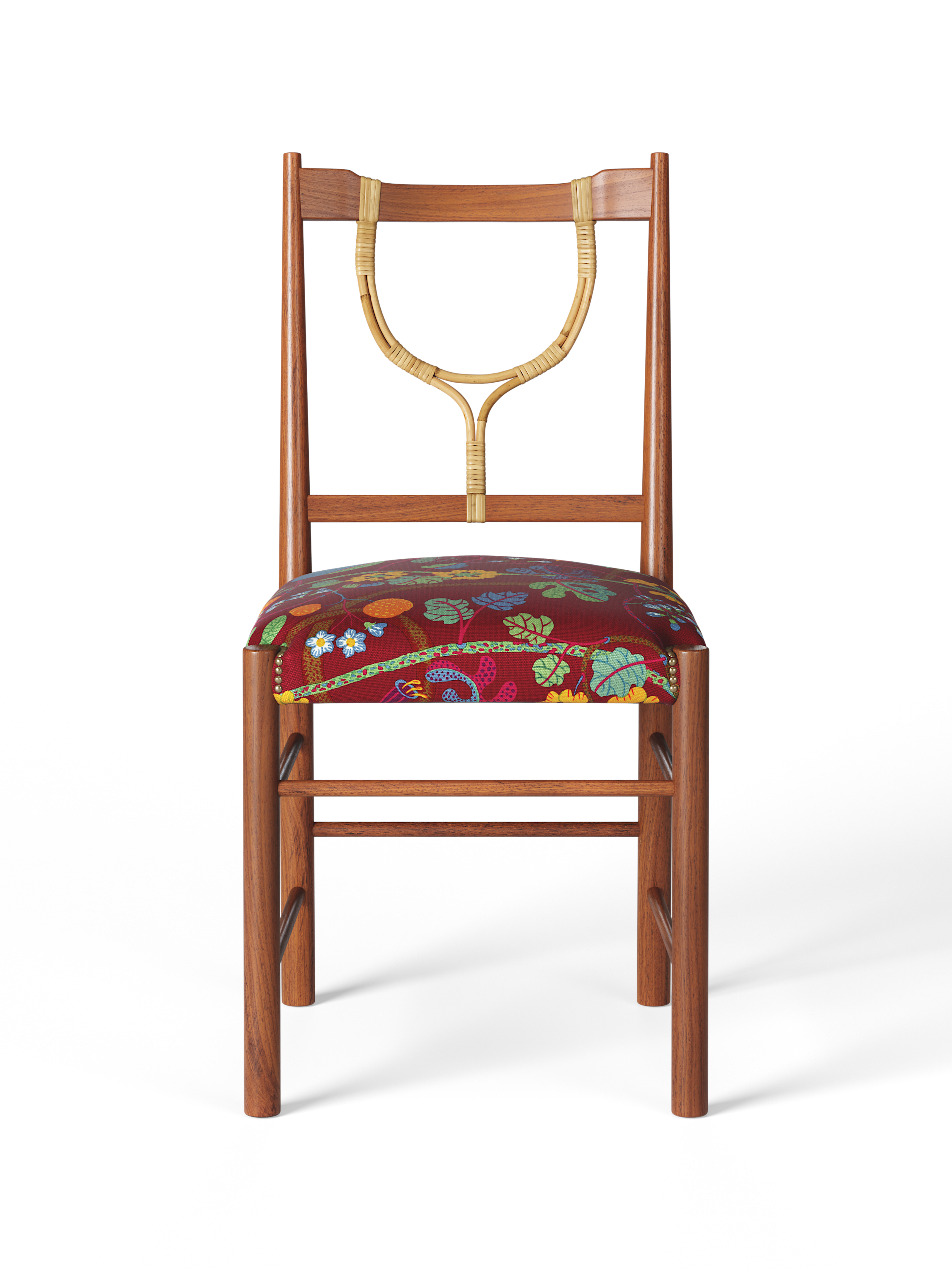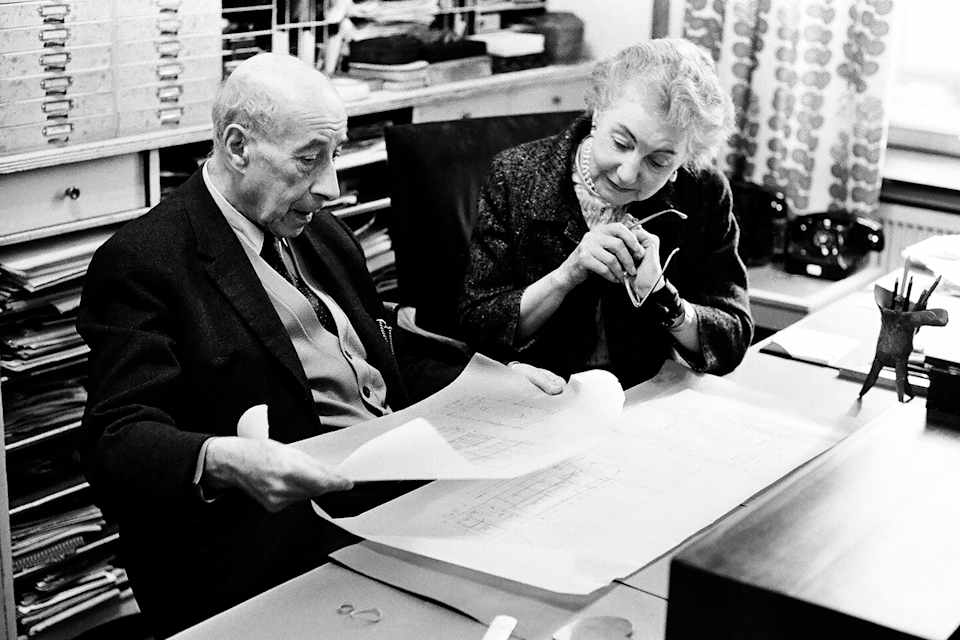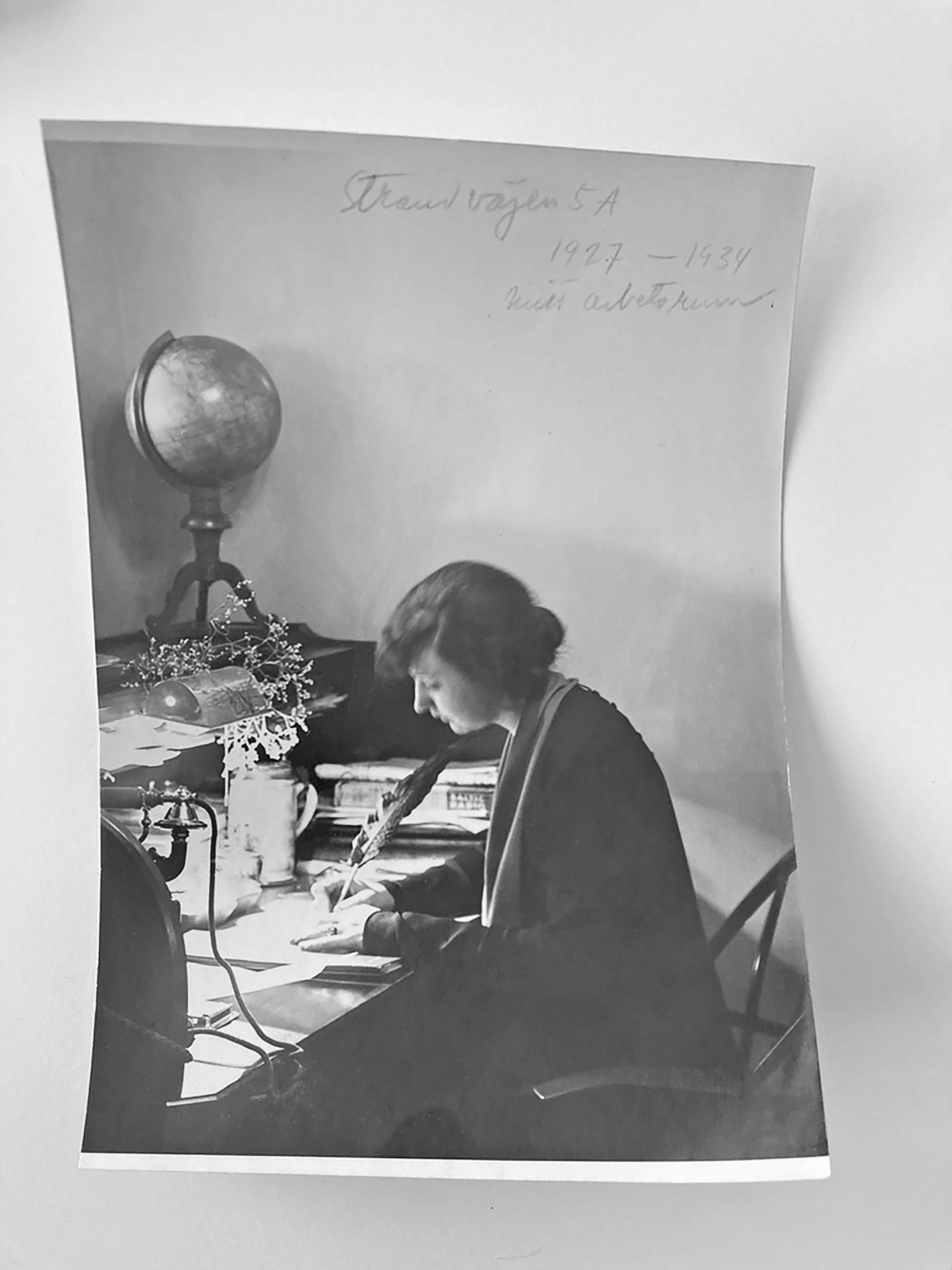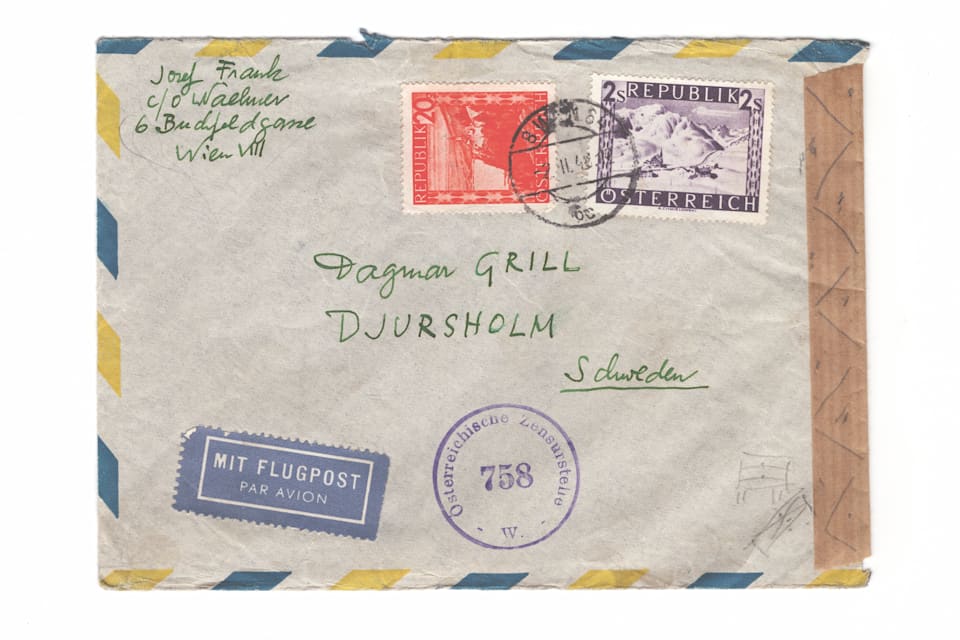
Chair 2238

Marking a century of artistry and craftsmanship, Svenskt Tenn presents a richly detailed volume exploring the company’s heritage, design philosophy, and contemporary relevance. At the heart of the book is Estrid Ericson’s enduring vision, brought to life through extensive research and archival discoveries. With words expertly curated by editor art historian Nina Stritzler-Levine, the book offers an insightful journey into the world of Svenskt Tenn.

Nina Stritzler-Levine, known for her work on Sheila Hicks, Aino Marsio-Aalto, and Eileen Gray, brings her keen understanding of design history to this project. Having long been drawn to the stories of pioneering women in design and architecture, her engagement with Svenskt Tenn became an exploration of Estrid Ericson’s lasting influence.
The book emerged from a desire to honor Svenskt Tenn’s centenary. Stritzler-Levine, invited to lead the editorial process, immersed herself in the company’s archive, a collection she describes as an invaluable resource for understanding both its past and its evolution.
“I am enamored by companies who have enough faith in themselves to preserve their own history, who understand history is part of contemporary innovation. The engine behind this project is the extraordinary Svenskt Tenn archive. I delved into that place with great intensity, trying not to leave a stone unturned.”
Nina Stritzler-Levine“I am enamored by companies who have enough faith in themselves to preserve their own history, who understand history is part of contemporary innovation.”
Throughout her research, Stritzler-Levine was struck by Ericson’s role not just as a founder, but as a collaborator. While Josef Frank is widely recognised for shaping Svenskt Tenn’s aesthetic, Ericson’s influence was equally significant. “She was an exceptional collaborator,” Stritzler-Levine explains. “People often imagine Frank working alone, but that was never the case. There is a famous photograph of them seated side by side, reviewing plans—a true reflection of their partnership.”
This notion of collaboration extends beyond Ericson and Frank, forming a fundamental part of Svenskt Tenn’s identity. The book brings attention to the many designers, artisans, and administrators who have contributed to the company’s success over the decades.

The duo Estrid Ericson and Josef Frank.
One of the book’s most compelling aspects is its portrayal of Estrid Ericson—not only as a refined entrepreneur but as a bold, visionary woman.
“Estrid Ericson was courageous, funky, fearless and forward-thinking,” says Stritzler-Levine. “Many images depict her in pearls, but that is not the woman who founded Svenskt Tenn. That persona came later. I hope readers discover the young, daring Ericson, who built something entirely unique.”

Estrid Ericson at her desk.

Estrid Ericson and Ragnhild Lundberg, 1935 or 39.
Beyond its historical lens, the book about Svenskt Tenn also considers the company’s present and future. Svenskt Tenn’s commitment to sustainability, craftsmanship, and supporting the next generation of designers remains central to its philosophy. Stritzler-Levine believes this is an aspect deserving of global recognition. “Discussions on the climate emergency and retail rarely acknowledge the role Svenskt Tenn has played in championing sustainable design. From working with local craftspeople to prioritizing quality, the company sets an important precedent.”
Beyond the portrait of Estrid Ericson, the book delves deeply into the life and work of Josef Frank. We come to know him through his correspondence with Estrid Ericson and his friend Dagmar Grill during the Second World War, as well as through extensive research, primarily in Svenskt Tenn’s archives. The reader also gets to follow the company's journey after Estrid Ericson's passing and how the then-CEO, Ann Wall, upheld the legacy of Frank and Ericson. At the same time, the book offers a unique insight into the current ownership structure of Svenskt Tenn—through the Kjell and Märta Beijer Foundation—and its ongoing efforts to promote research, design, and innovation.

A letter from Josef Frank to Dagmar Grill.